Another in our series of new transcriptions of contemporary articles on the Leo Frank case.
Atlanta Constitution
August 15th, 1913
Sig Montag, president of the National Pencil company and associate in Montag Brothers, was put on the stand at the close of the morning session. He testified that during part of the time named by Jim Conley in the dates at which he swears he watched for Frank on the first floor the Clark Woodenware offices occupied that portion of the factory building.
He was examined by Mr. Rosser.
“What was your connection with the pencil factory from May last?”
“First secretary and treasurer, then president.”
“How often did Frank come to your office?”
“Once a day except on Sundays.”
“Did you see him on April 26?”
“Yes.”
“What time did he come to your office?”
“About 10 o’clock that morning.”
“Who occupied the first floor up to a year ago?”
“The offices of the Clark Woodenware company.”
“Where were their offices?”
“Right up front.”

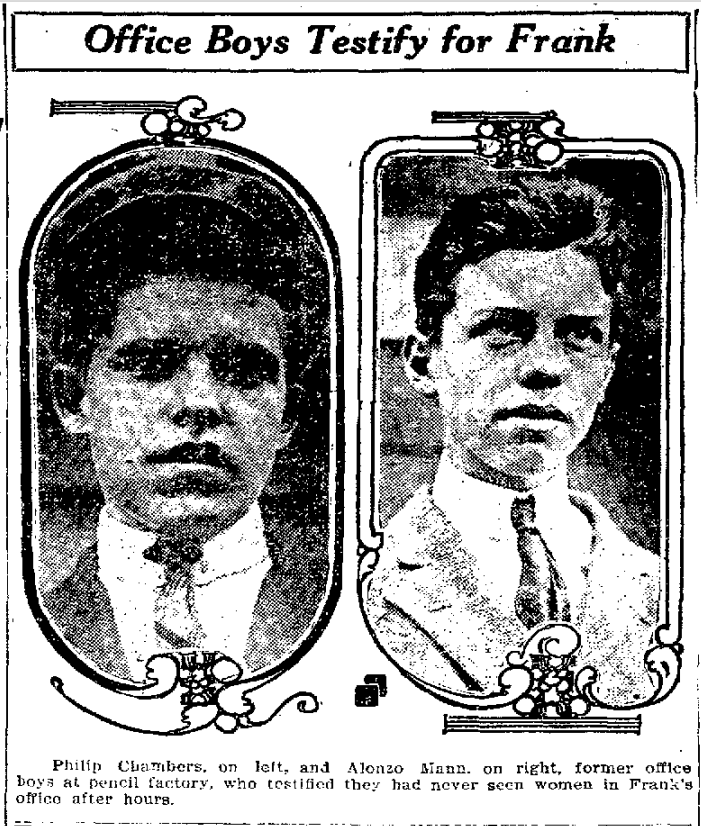
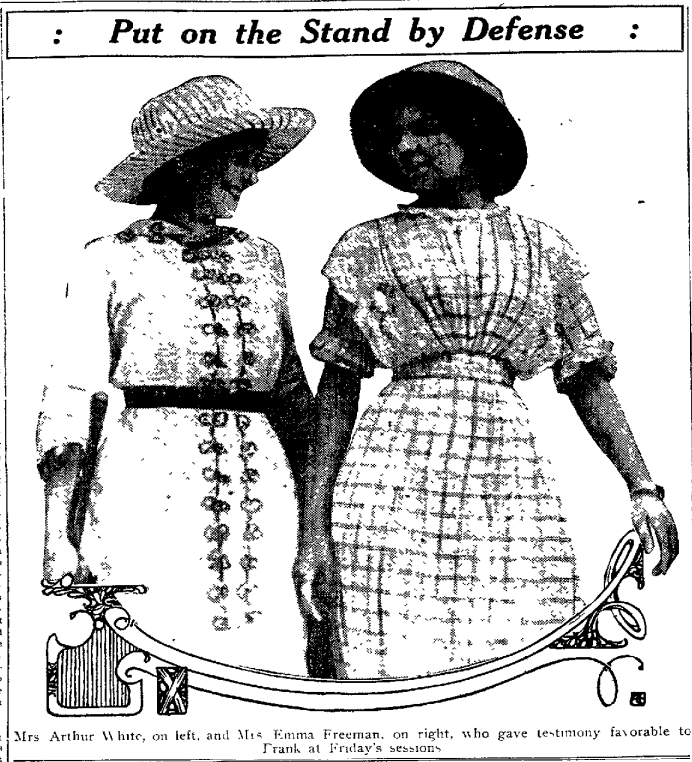
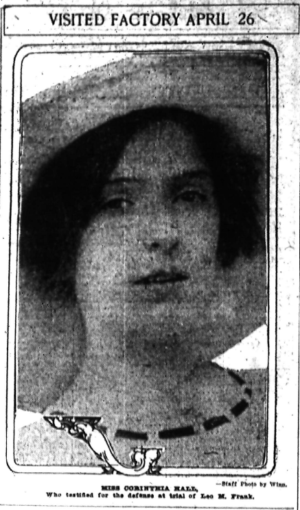
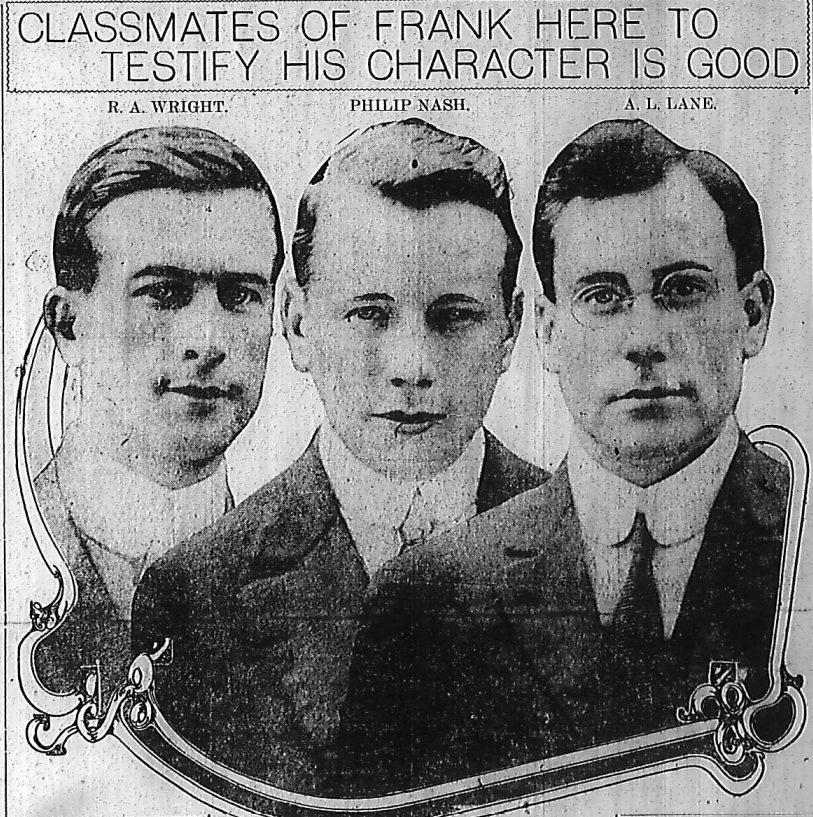
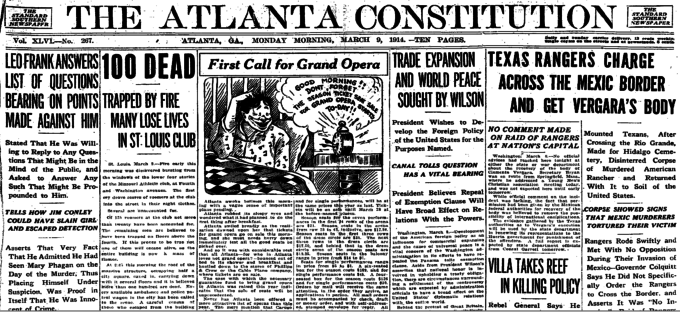 Another in
Another in